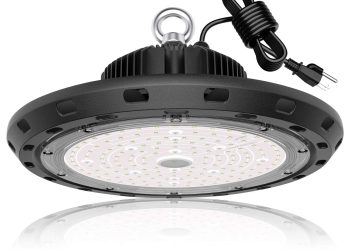As the world turns to more sustainable and eco-friendly energy sources, residential solar panels have become increasingly popular. Solar panels not only reduce reliance on traditional energy grids but also provide significant cost savings in the long run. However, with numerous options available in the market, choosing the right solar panel for your home solar installation can be overwhelming.
In this blog, we will explore four different types of solar panels, shedding light on their features, advantages, and suitability for various residential needs. By the end, you’ll have a clearer understanding of which solar panel is the perfect fit for your specific requirements.
1. Monocrystalline Solar Panels
Monocrystalline solar panels are renowned for their efficiency and sleek appearance. Constructed from a single, high-grade silicon crystal, these panels are easily recognizable by their uniform black color. Their efficiency levels can reach up to 22%, making them ideal for spaces with limited roof area. Monocrystalline panels perform exceptionally well in direct sunlight and are a popular choice for residential installations where maximizing energy production is a priority.
2. Polycrystalline Solar Panels
Polycrystalline solar panels offer a cost-effective alternative to monocrystalline panels. They are made using multiple silicon crystals, resulting in a distinctive blue hue. Although their efficiency levels are slightly lower (typically around 15-17%), polycrystalline panels are known for their durability and ability to perform well under high temperatures. These panels are a great option for homeowners seeking an affordable yet reliable solar energy solution.
3. Thin-Film Solar Panels
Thin-film solar panels are lightweight and flexible, making them suitable for unconventional installations and locations where rigid panels may not be feasible. Made from a thin layer of semiconductor material, such as amorphous silicon or cadmium telluride, these panels are less efficient compared to crystalline panels but can still provide satisfactory performance in low-light conditions. Thin-film solar panels are a popular choice for applications such as building-integrated photovoltaics (BIPV) and portable solar chargers.
4. Bifacial Solar Panels
Bifacial solar panels are designed to capture sunlight from both sides, increasing their overall energy generation. These panels have transparent back sheets or are mounted on a frame that allows light to pass through, maximizing energy production. Bifacial panels can be monocrystalline or polycrystalline and are particularly beneficial in areas with high albedo, such as snowy regions or surfaces with reflective properties. While they may be slightly more expensive, bifacial panels offer improved energy output and can be an excellent investment in the long term.
Which One Is Right For You?
When it comes to residential solar panels, choosing the right type is crucial for optimal energy production and long-term savings. Monocrystalline panels are perfect for maximizing efficiency, while polycrystalline panels offer a cost-effective option. Thin-film panels provide flexibility and versatility, bifacial panels excel in capturing light from all angles, and hybrid panels offer a comprehensive solution for electricity and water heating needs. Consider your specific requirements, budget, and available space to determine which solar panel type is the best fit for your home solar installation. Embark on a greener and more sustainable future with the power of residential solar panels.







